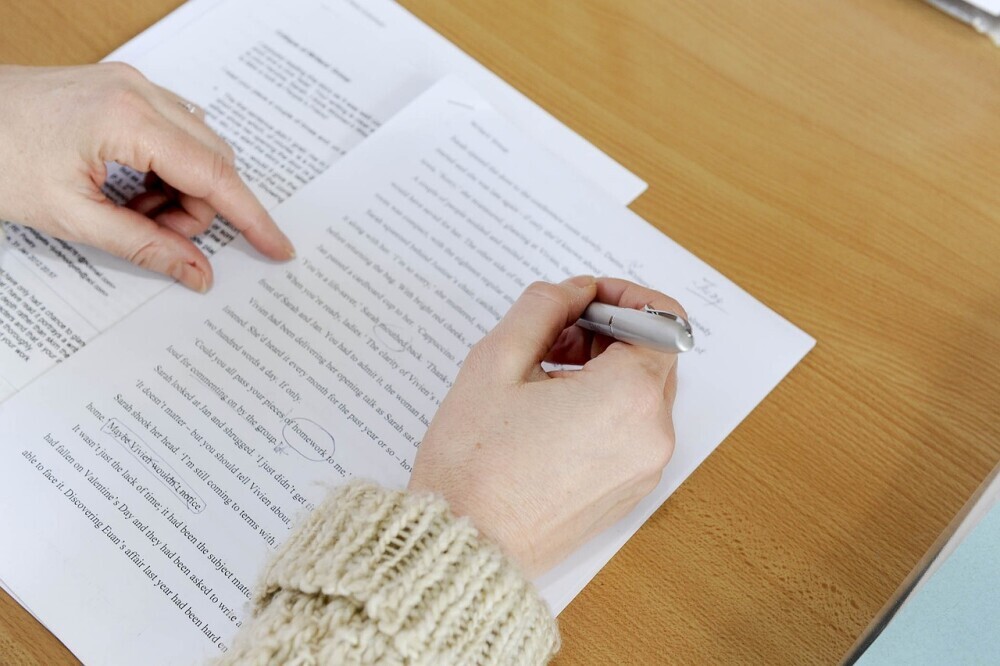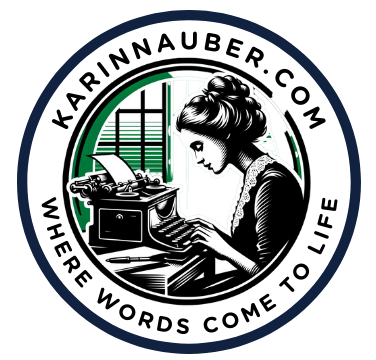
Crafting dialogue that captures the essence—the sound and the feel—of genuine conversation can make or break a story. Good dialogue does more than just advance the plot; it adds depth to characters and their relationships. When characters speak like real people, readers are quickly drawn into their world.
Written language often doesn’t mirror spoken word directly, and that’s where understanding comes in. While people talk in a flurry of half-sentences and interruptions, writing those down verbatim could be frustrating to read. Smart writers choose which elements of real speech to include, bringing dialogue to life without losing readers.
Ever notice how much easier it is to drift off when a character throws out a tired line? Avoiding clichés and predictable phrases keeps your dialogue fresh and engaging. Readers appreciate originality, so inject your character’s conversations with words and phrases unique to them.
Subtext is the magic trick for dialogue that feels nuanced. It’s not always what characters say that’s important, but what they imply. This subtle layer of meaning under the spoken words helps convey deeper thoughts or emotions, giving your scenes complexity.
Take a look at the books or shows you love. Think of those lines that stuck with you long after you’ve finished watching or reading. What made them so memorable? Analyzing effective dialogue within popular media can provide valuable insights into creating your own compelling character interactions.
Practical Techniques for Crafting Believable Conversations

Character dialogue should feel like an extension of their personality. Dive into your character’s backstory and motivations to determine how they’ll talk. Their education, culture, and experiences will shape their unique voice, making your story richer.
Conflict in dialogue isn’t just about shouting matches. Look for where characters’ goals and desires clash subtly. Even a quiet yet heated exchange can get your readers on the edge of their seats, feeling that palpable tension.
Don’t let conversations take over everything. Mix up your scenes with actions and observations that break up the dialogue naturally. This way, your readers can get a breather and a fuller picture of what’s going on.
Dialogue tags and beats help guide readers through a conversation. They shouldn’t stand out but act as signposts, lending rhythm. Whether it’s a “he said” or a pause while someone sips their coffee, these small touches keep everything clear.
Dialects can add spice and authenticity, but it’s a fine line. The trick is to capture the flavor without overloading sentences with unusual spellings. A bit of vernacular here and there can bring a character’s voice to life while keeping it easy to read.
Editing and Refining: Polishing Your Dialogue to Perfection

Once the words are on the page, the real fun begins. Editing dialogue is about fine-tuning, cutting the clutter, and ensuring every line serves a purpose. Reread conversations and ask yourself: does this push the story forward or reveal something new about the character? If not, it might be time to trim.
Spot those moments where your dialogue feels off. Is it too stiff or too long? Read it aloud, listen for rhythm or awkwardness, and notice what makes it sound flat or vibrant. Adjusting those phrases can breathe life back into the exchange.
Outside perspectives can be gold. Sharing your work with beta readers or writing groups can uncover issues you didn’t notice. They offer fresh takes on the flow and realism of your dialogue, pointing out what stands out and what gets lost.
There are some great tools and software for writers looking to refine their craft. They won’t write the lines for you, but they can help catch grammar slips or suggest alternatives that might fit better, making the editing process smoother.
The authenticity of your dialogue is what keeps readers hooked. It’s that undeniable connection they feel when a character’s words mirror emotions they’ve felt themselves. This builds a bridge to your audience, enhancing their experience with your story.
